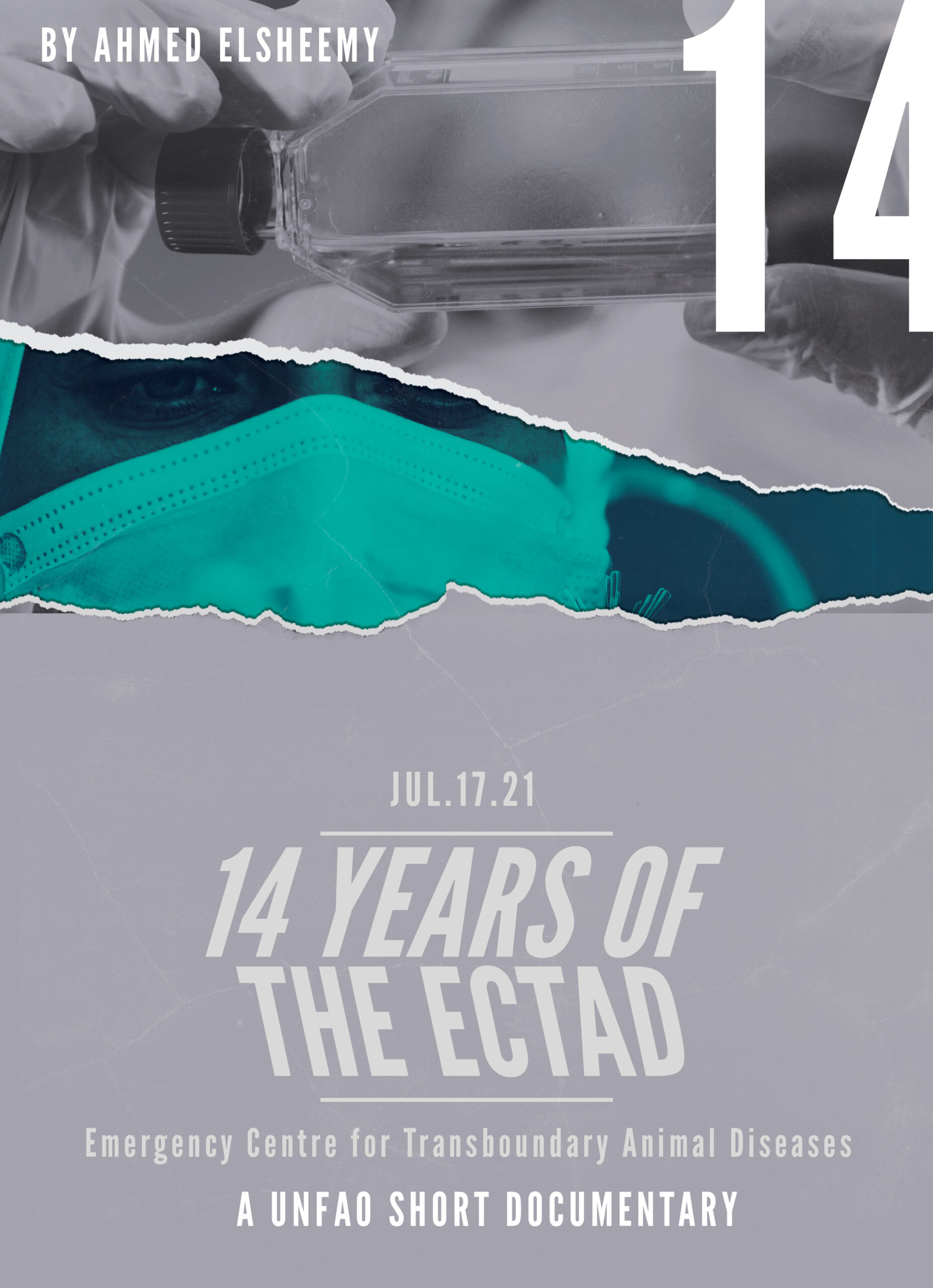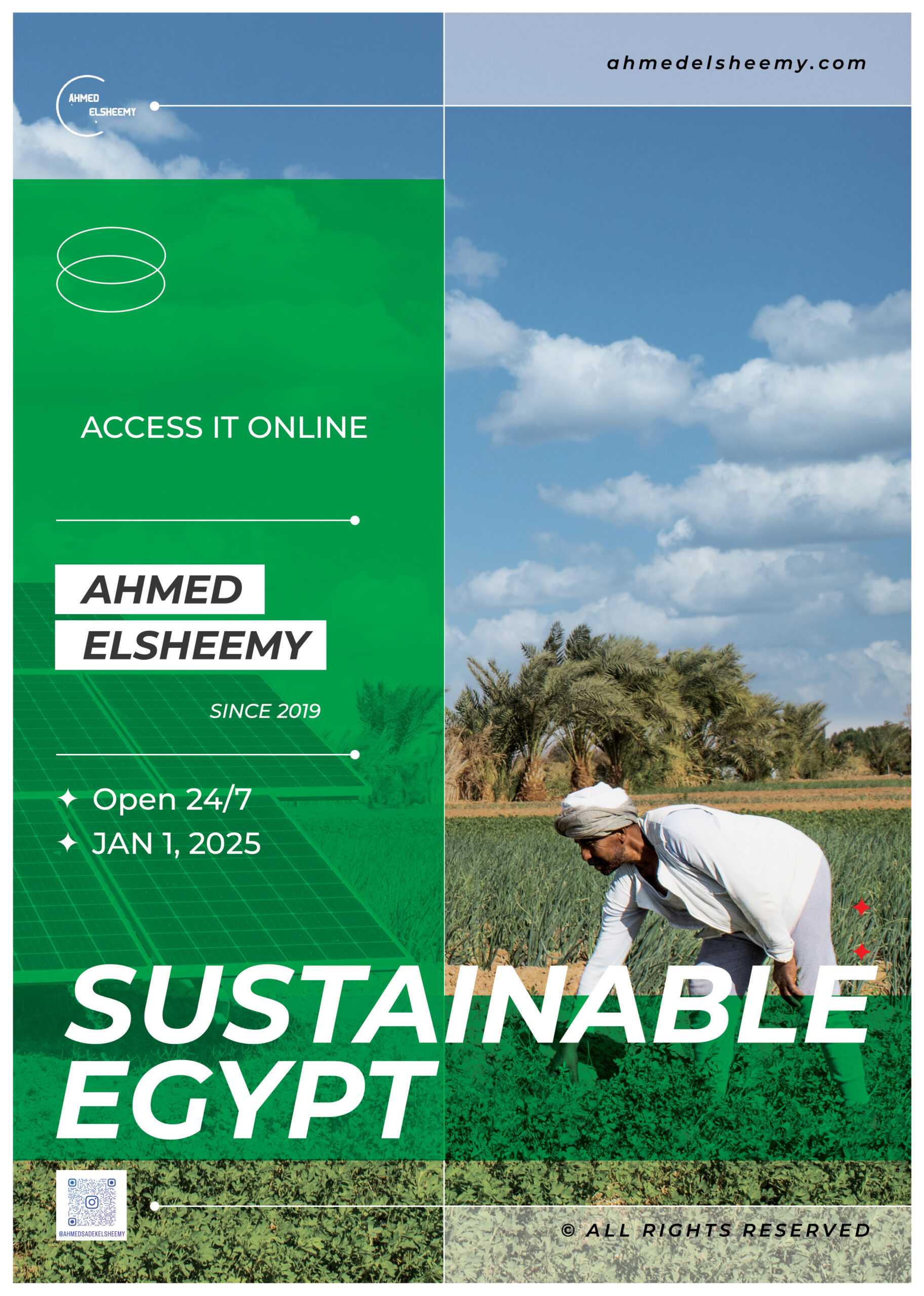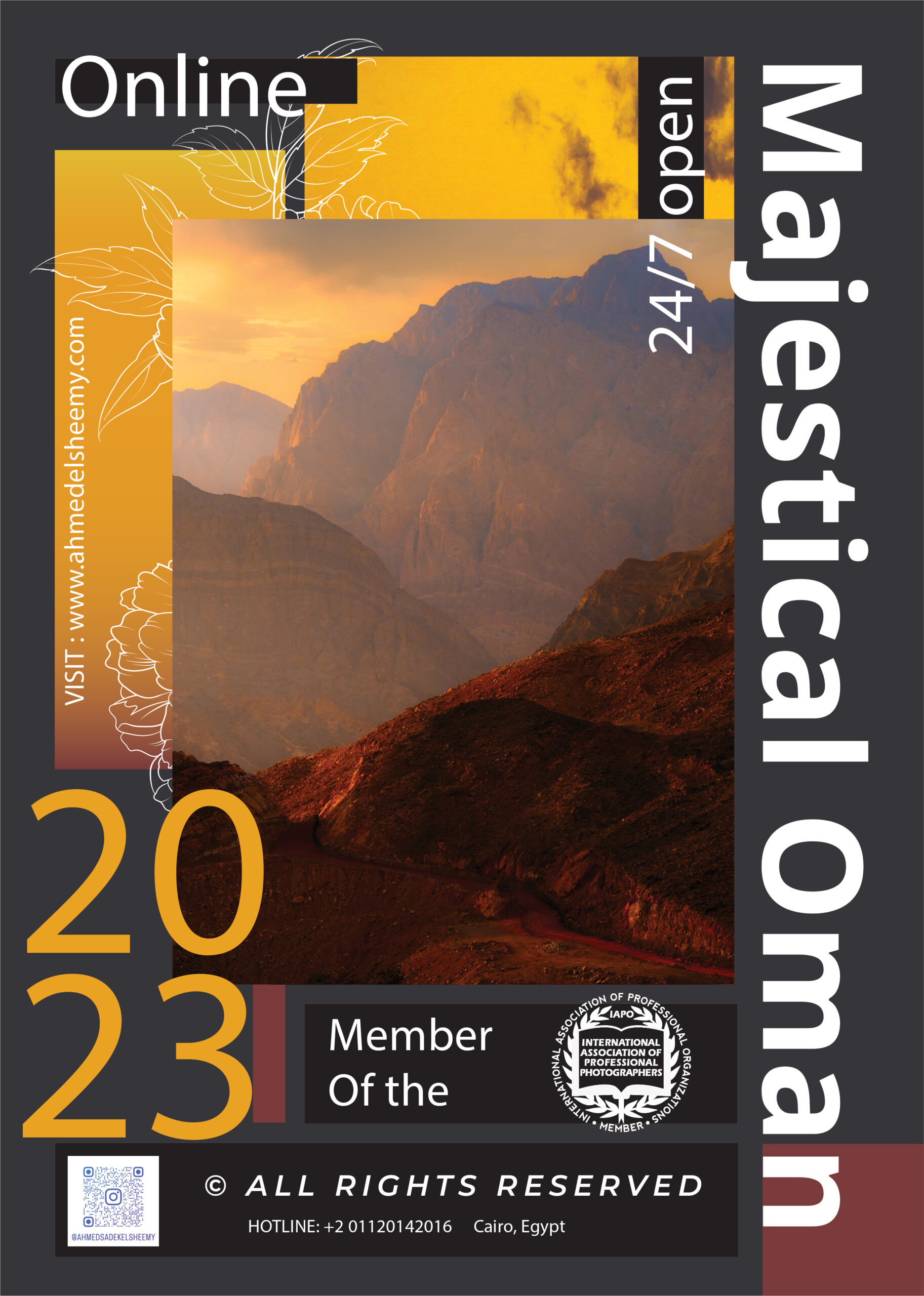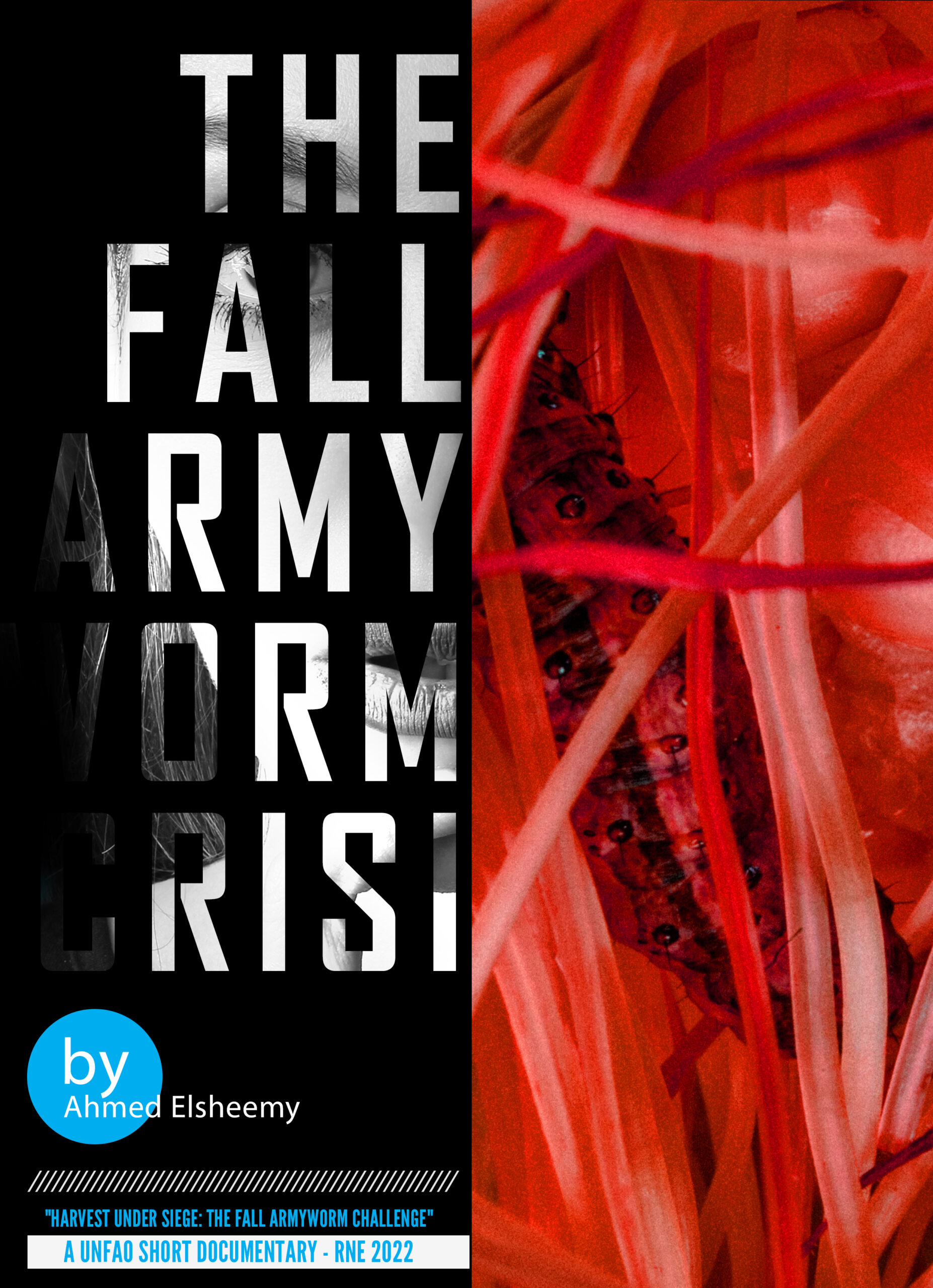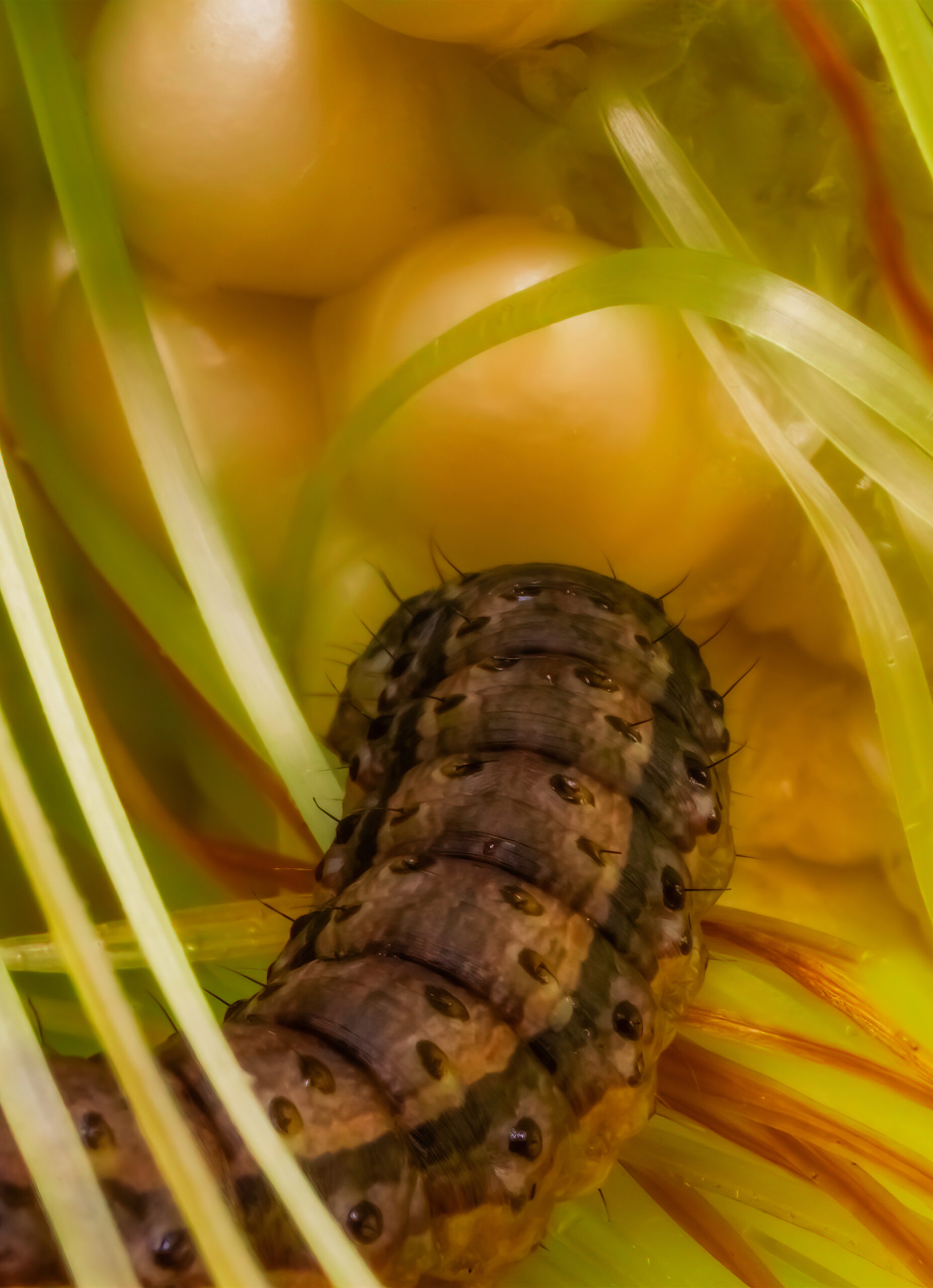Fallarmy Worm
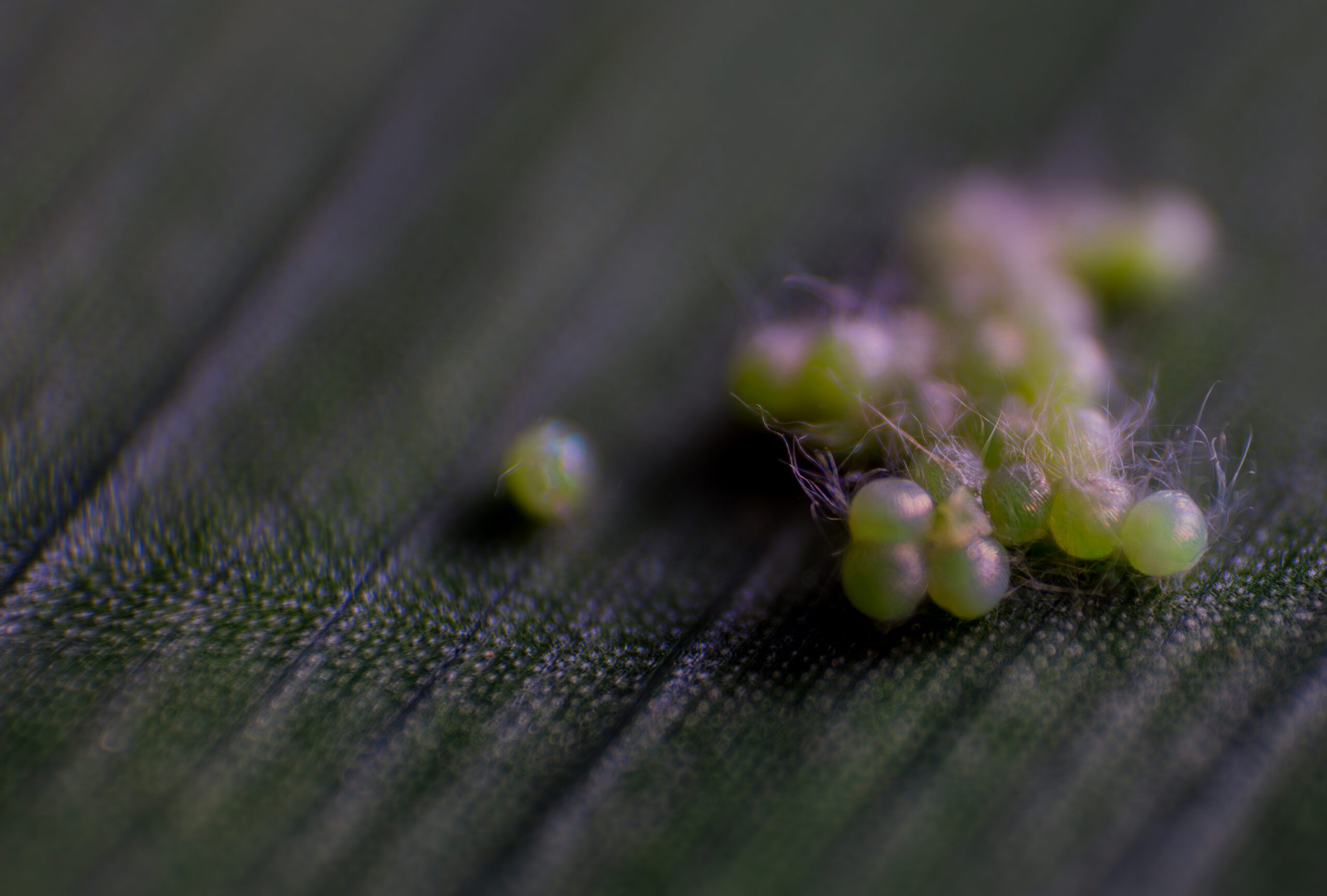
8S8A3748
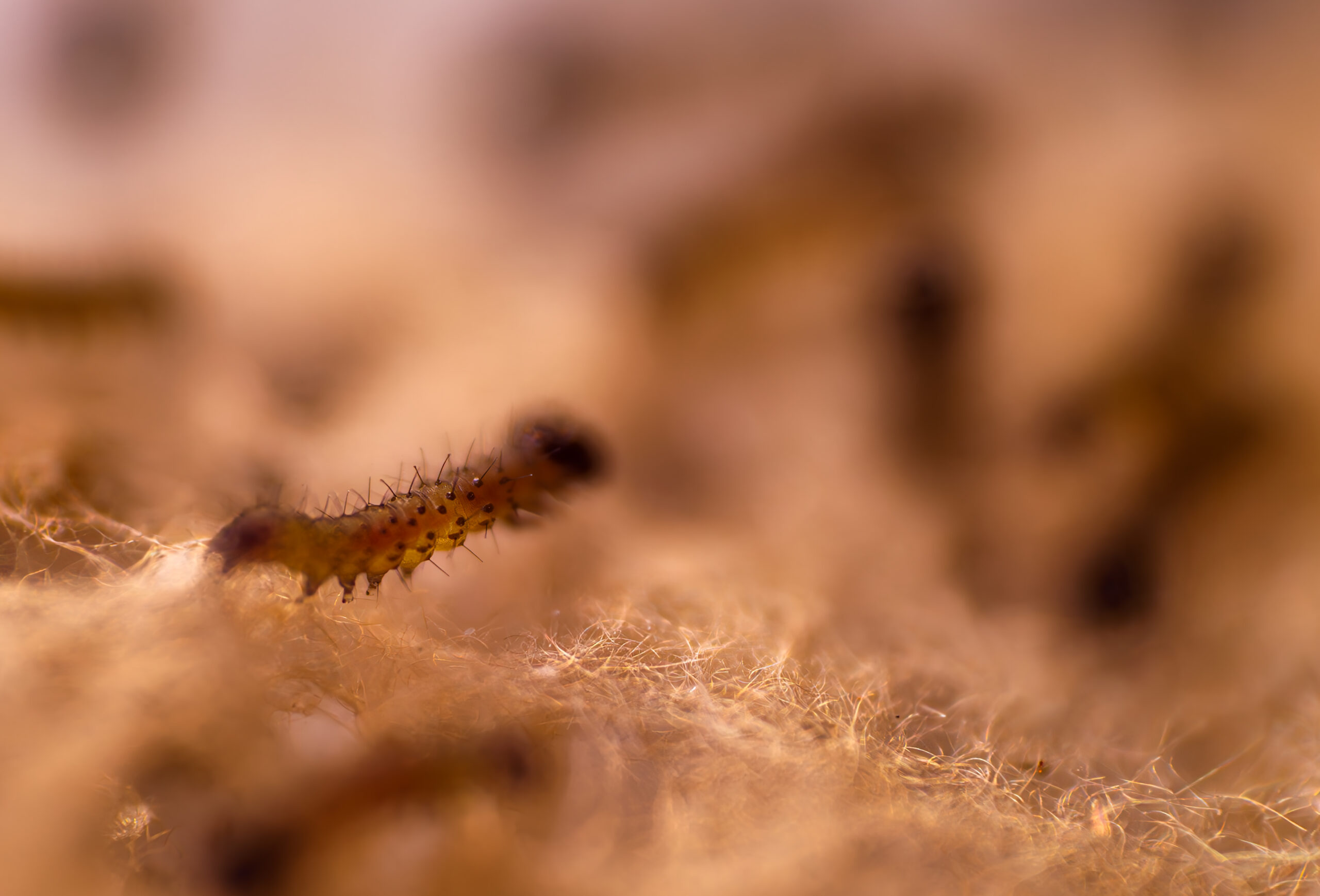
8S8A3689
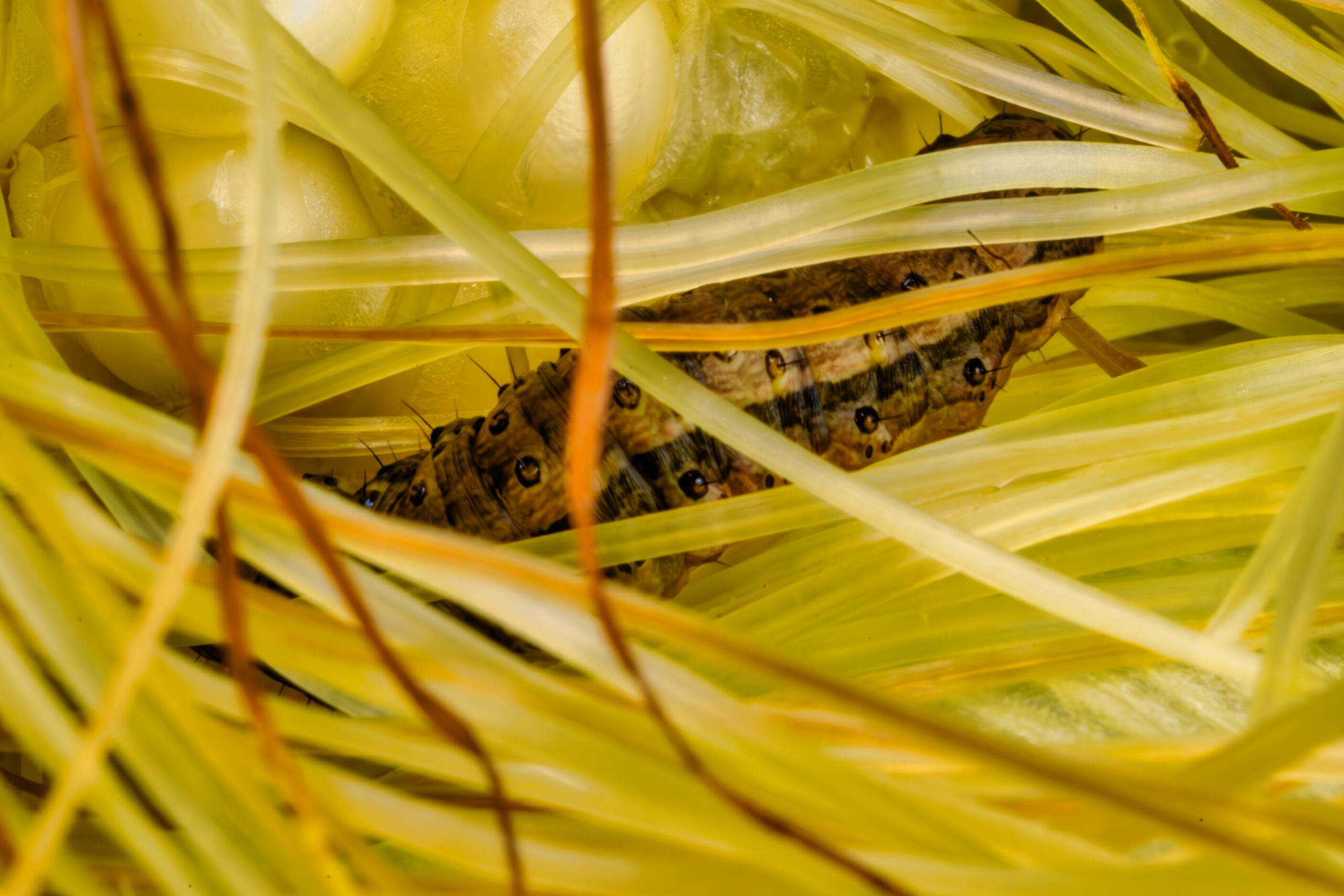
VPA_9845-Enhanced-NR
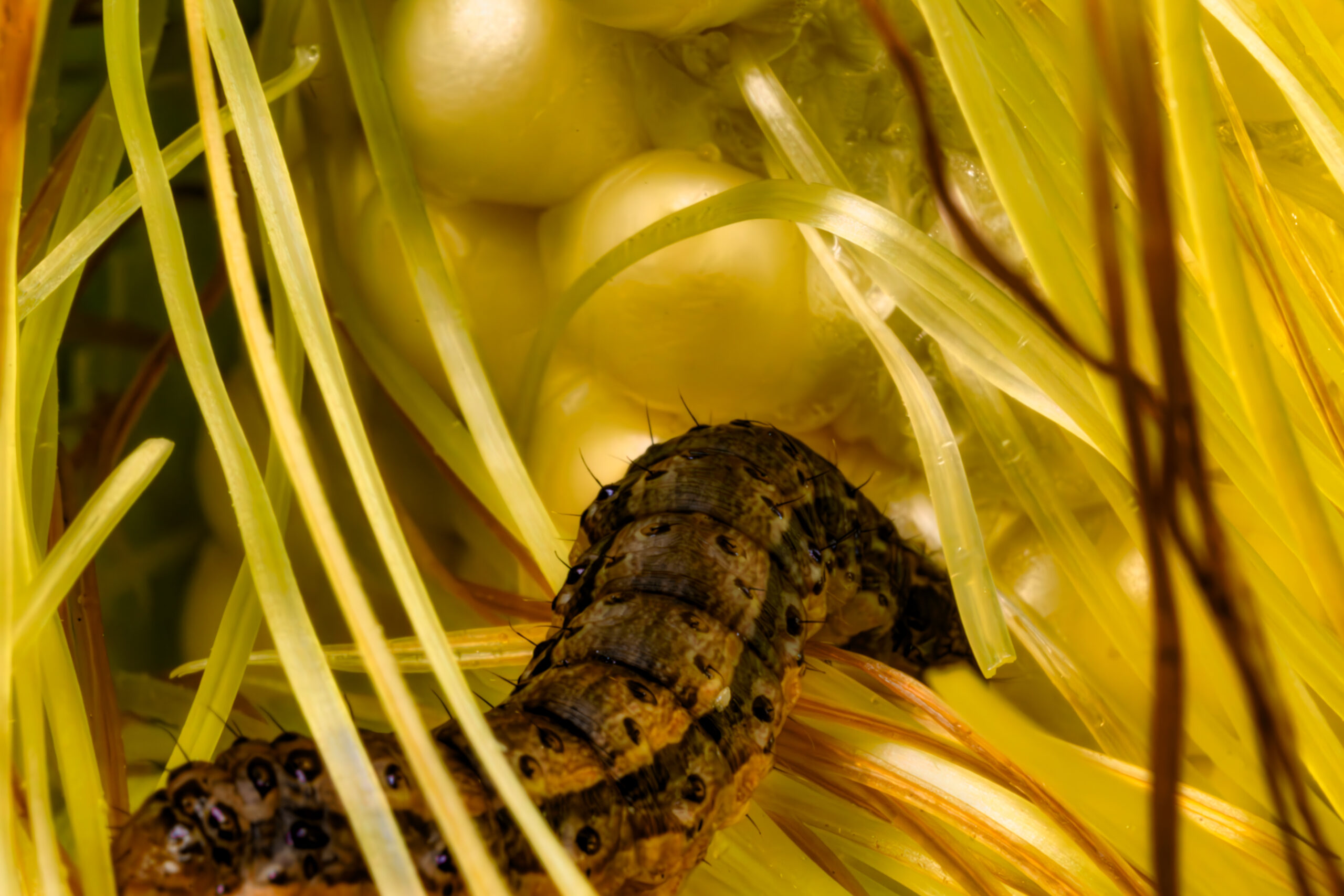
VPA_9831
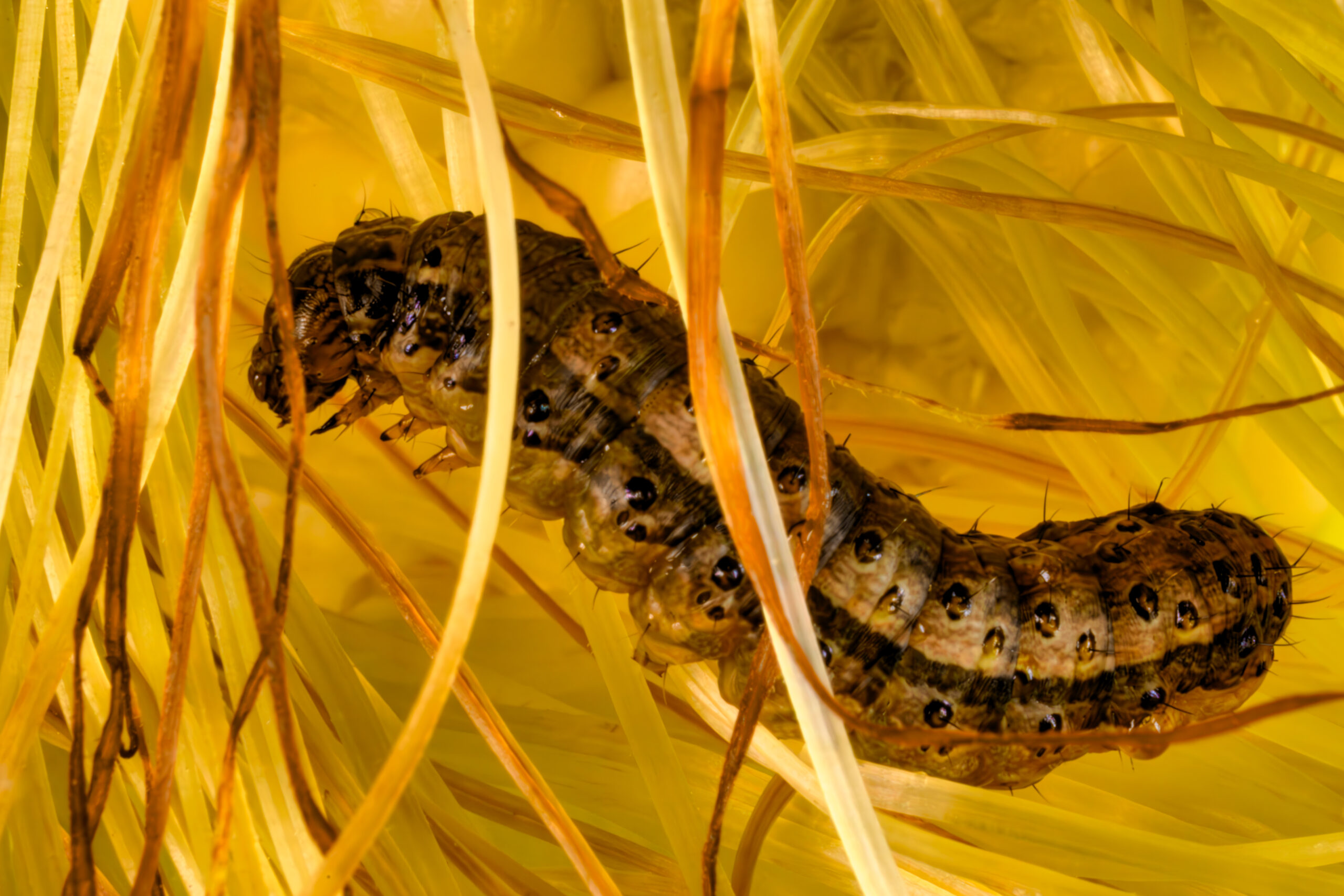
VPA_9863
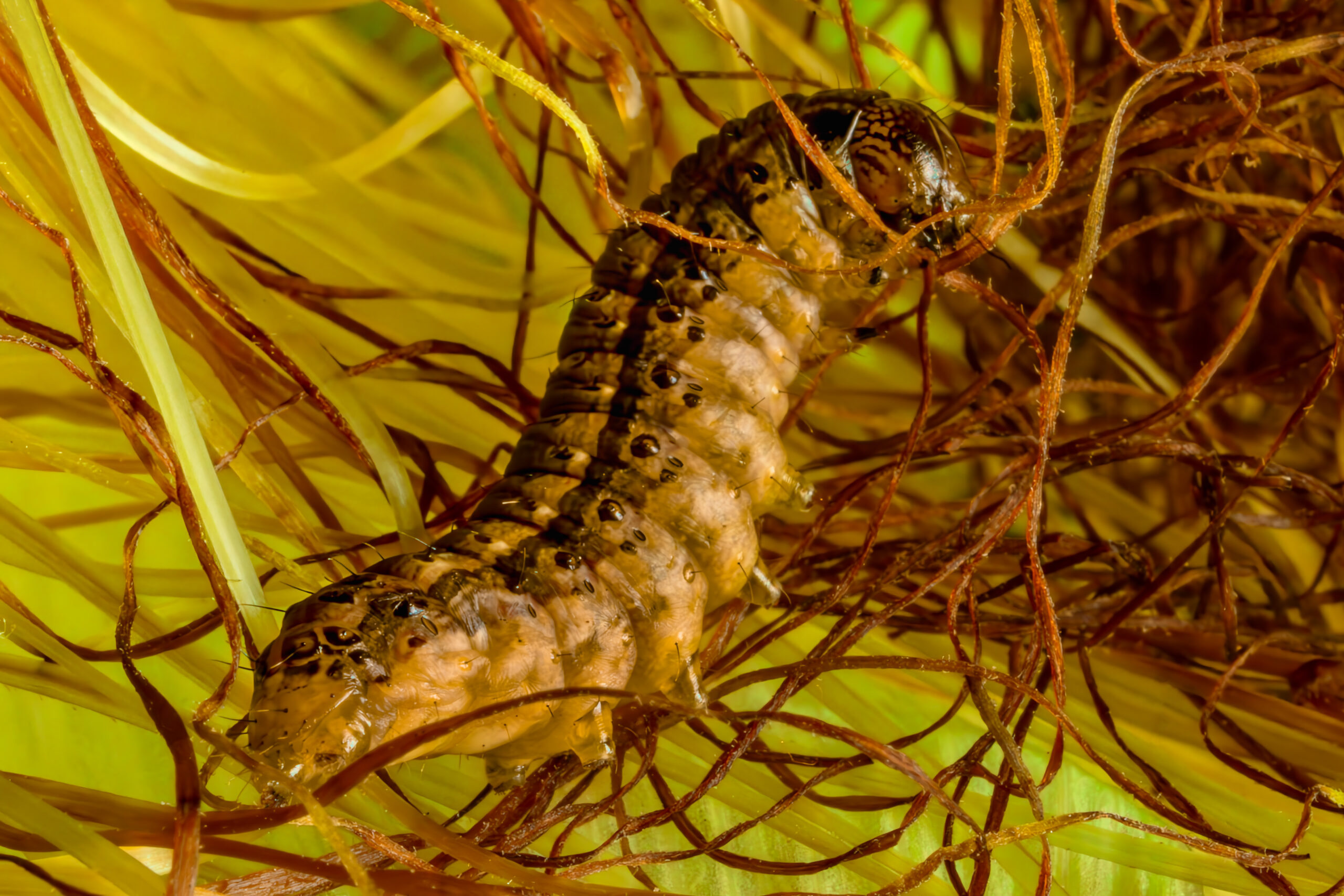
VPA_9816
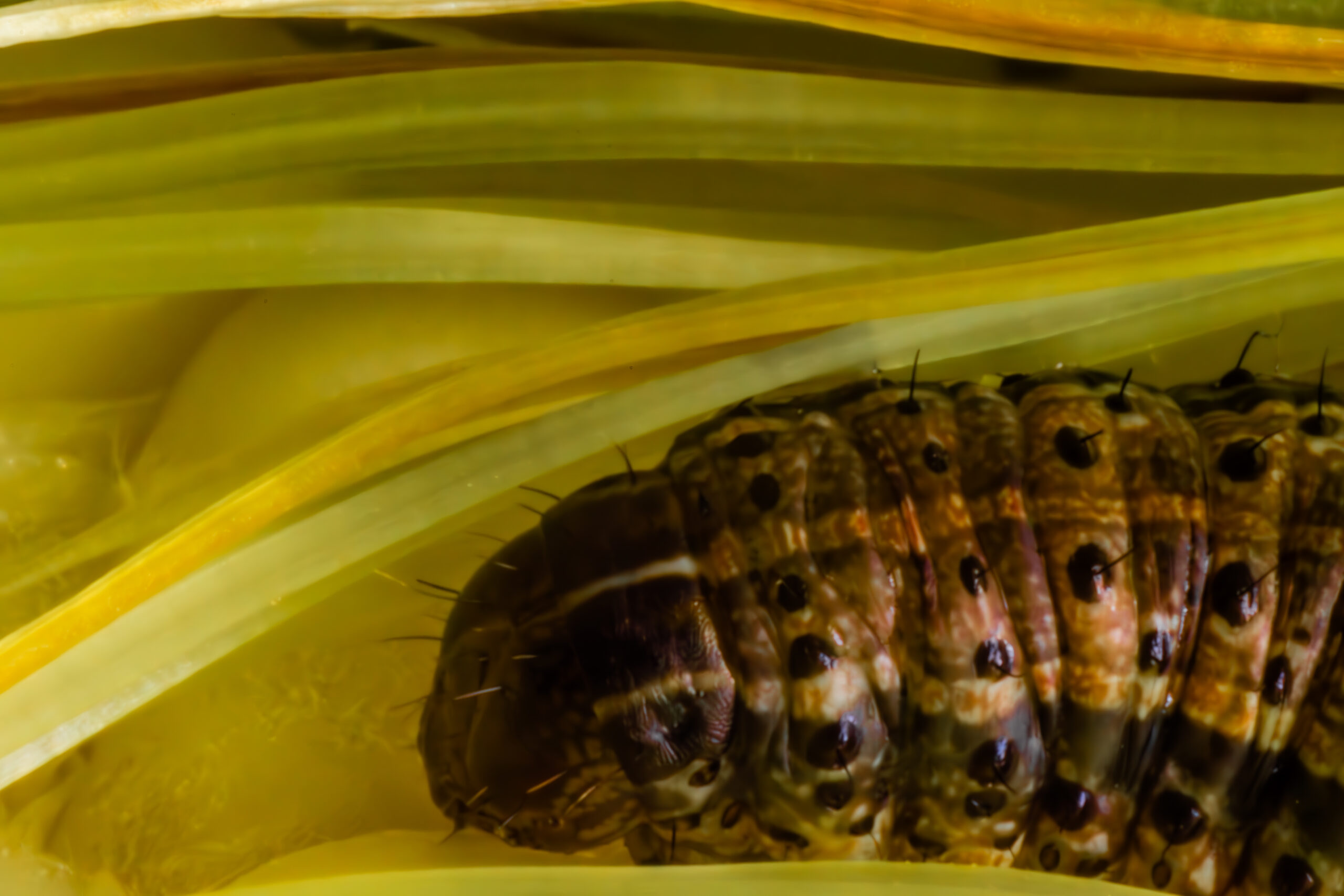
VPA_9798
Agricultural Damage:
Economic Consequences:
Food Security Risks:
Ecological Impact:
Management Challenges:
Research and Development:
Global Response:
Conclusion
Agricultural Damage:
- The Fall Armyworm primarily targets staple crops, particularly maize (corn), but also affects various other crops such as rice, sorghum, cotton, and vegetables. Infestations can result in significant yield losses, sometimes exceeding 50% in heavily affected areas. The damage occurs as the larvae feed on the leaves, stems, and ears, reducing both the quantity and quality of harvests.
Economic Consequences:
- The economic impact of the Fall Armyworm is profound, affecting farmers’ incomes and food production systems. Losses in crop yields can lead to increased food prices, which affects food security, especially in regions that are heavily reliant on these crops. Additionally, the cost of management tactics, including pesticides and potential crop replacements, can strain farmers’ finances.
Food Security Risks:
- With the rise of the Fall Armyworm in various parts of Africa and Asia, food security has become a pressing concern. The pest’s rapid spread threatens the livelihoods of millions of farmers and exacerbates food scarcity issues, particularly in developing countries where agricultural systems are already vulnerable.
Ecological Impact:
- As an invasive species, the Fall Armyworm disrupts existing ecosystems. Its feeding habits not only affect crop plants but also have cascading effects on organisms within the food web, including predators and parasitoids that rely on healthy crops or other insects for food.
Management Challenges:
- Controlling the Fall Armyworm has proven challenging due to its rapid reproduction and adaptability. Resistance to certain classes of insecticides has been reported, necessitating integrated pest management strategies that combine biological control, cultural practices, and the judicious use of chemicals.
Research and Development:
- The urgency of addressing the Fall Armyworm has spurred research into sustainable management practices and biological control methods. For example, using natural predators or pathogens, developing resistant crop varieties, and employing biotechnology have become focal points for agricultural research institutions.
Global Response:
- In response to the Fall Armyworm crisis, organizations such as the Food and Agriculture Organization (FAO) and various agricultural research institutions have launched initiatives to provide farmers with resources, knowledge, and tools to manage infestations effectively. These efforts are crucial to mitigating the worm’s impact on global food security.
Conclusion
The Fall Armyworm’s impact is multifaceted, affecting agriculture, economies, and ecosystems. Addressing its challenges requires collaboration across borders, innovative research, and the implementation of sustainable management practices to protect food resources and support affected communities.
Recently in Portfolio

Copyright 2022
